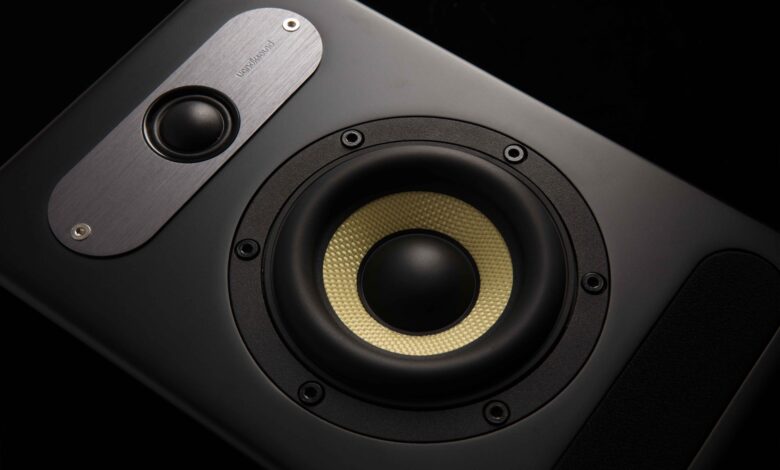
From moving pictures and kinetoscopes to state-of-the-art silver screens, movie theaters went a long way since their first appearance in the late 19th century. Nowadays, we get to enjoy high definition sound and image quality with ease, not only at a movie theater, but at home as well.
Home theater audio systems can make watching movies at home an incredible experience – but how exactly do they work?
How do Surround Systems work?
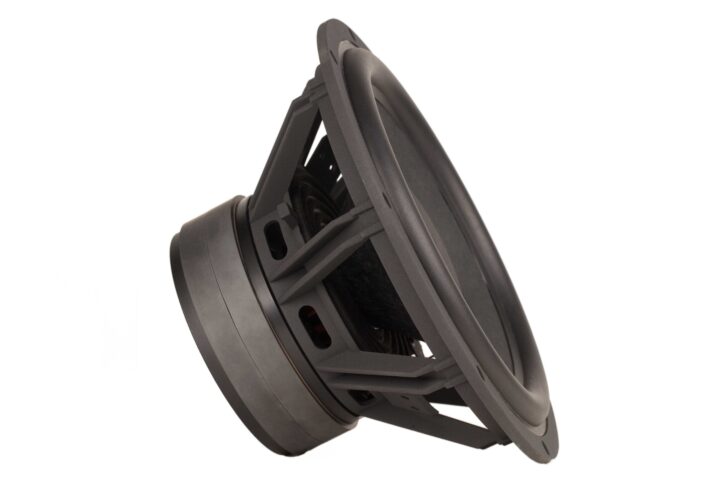
The basic concept of a surround audio system is simple – most commonly, six speakers are placed around the viewer, with one central speaker and a subwoofer, which takes care of low frequency sounds (bass and sub-bass).
The loudspeakers are split into channels depending on their location, with the front speakers taking care of most of the sounds, and the side channels pointing to what usually happens off-screen. The more loudspeakers you add to the setup, the more channels you’ll be able to create – therefore further improving the sound quality.
But it’s not all about the number of your speakers – you need to make sure those speakers are producing high-quality sound to begin with.
What types of speakers are used in cinemas?
Movie theaters often make use of massive horn-loaded loudspeakers, capable of producing sound powerful enough to fill a whole auditorium. This does, however, come at a cost in sound quality, and people more sensitive to sound might find some bits unpleasant.
When creating a home surround system, you probably won’t need as powerful speakers – instead, you can focus on comfort and sound quality. A soundbar can be a good solution if you’re on a budget, but only a carefully set-up surround system will provide a truly excellent movie experience.
The most common surround audio layout for home theaters is 5.1 surround sound. In a 5.1 configuration, you’ll need a front left and front right channels, a center channel, two surround channels (left and right) situated in the back of the room, as well as a subwoofer. The subwoofer is an omni-directional speaker, which means its position won’t matter that much, but it’s generally a good practice to place it somewhere in the front of the room.
If you want an even better home theater experience, you can go for 7.1 or even 9.1 channels. A 7.1 layout, in addition to everything already found in 5.1, 7.1 surround sound introduces another pair of left and right speakers, usually placed to each side of the listener, with another pair in the back of the room. Height channels can also be used in such a setup, with the loudspeakers located above the normal listening area, taking the sound experience beyond the horizontal plane.
How expensive is the audio setup for a home theater?
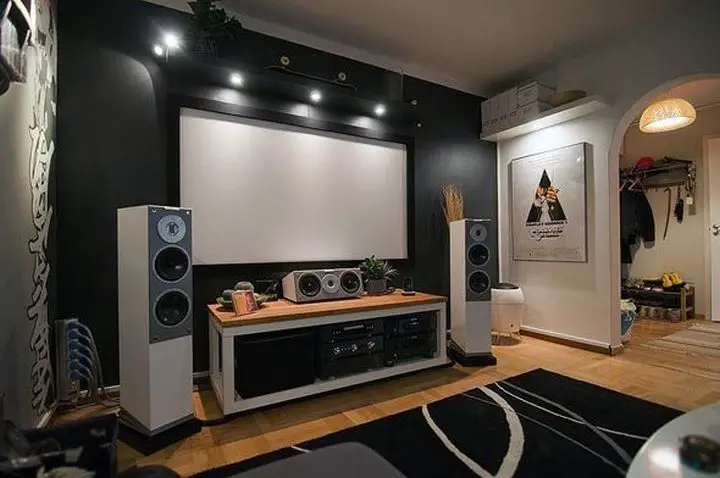
Depending on your needs, the budget for the audio system alone of a quality home theater can range between $200 to $3,000 and up. The cheapest option that still provides a good sound quality are Home-theater-in-a-box systems, or HTIB. These integrated all-in-one systems are designed to provide supreme audio experiences specifically for at-home cinemas and are usually much easier to install than more elaborate systems – perfect if you’re not tech-savvy or haven’t had the opportunity to install an audio system before.
While soundbars are usually considered a budget option, you can easily find ones that far outprice many HTIB systems. You can find soundbars with technologies like Dolby Atmos enabled, making the sound really crisp, but be prepared to spend at least $1,000 or more. They are a great alternative if you don’t have space for a full surround system, and the setup usually only requires placing the soundbar in front of your room and plugging it to either your TV directly or an A/V receiver.
What is an A/V receiver and why would you need one?
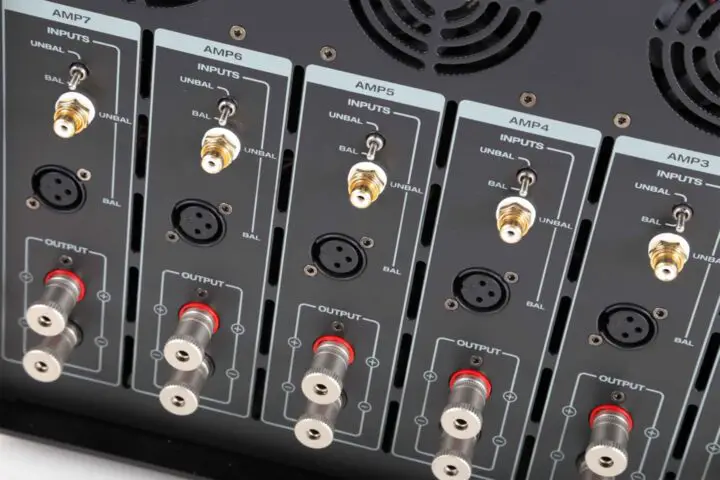
Every home theater setup requires an A/V receiver to act as the brain and the heart of the system. In addition to allowing you to play DVDs and/or Blu-ray discs in full surround format, an A/V receiver controls your loudspeakers, properly decodes audio, and is responsible for switching between audio and video elements of your home theater. You might know A/V receivers better as tuner amplifiers, as they’re usually called.
Most HTIB systems come with an A/V receiver in the form of a multi-channel amplifier. If you’re going for a higher quality set of loudspeakers, like the M5 Series, you will need an additional A/V receiver to properly connect them with your TV. While most subwoofers come with a built-in amplifier, regular channel speakers will require some boost to provide the best audio quality.
You can easily find a decent A/V receiver for around $300, which should be more than enough for a simple home theater setup.
What’s needed for a perfect home movie theater?
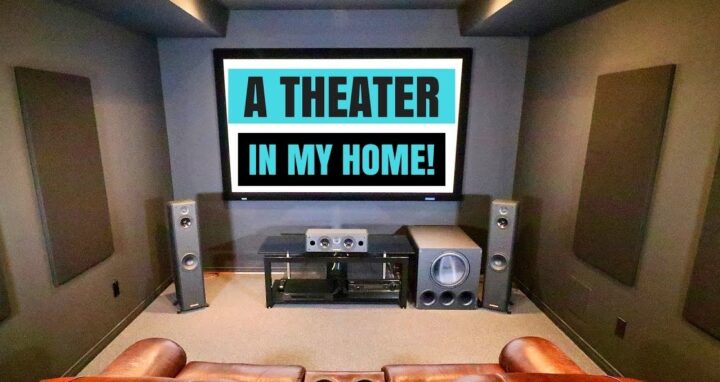
In addition to a surround sound system, a proper home movie theater will need a few more components. The most important of them is the screen – whether you go for a TV or a projector is up to you. Projectors can provide great value for price when in need of a gigantic screen size, but won’t provide as crisp image quality as a 4K TV.
Watching movies at home is all about comfort. Besides just image and audio, you’ll need a comfortable seating setup and proper lighting. Make sure each viewer can see the screen without any obstructions in the way and dim the lighting for a cozy movie experience.
Achieve perfect sound quality
A high-quality surround system is the heart of every home movie theater – don’t let disappointing audio take away the joy from watching your favorite movies. We manufacture cutting-edge loudspeaker systems for at-home and professional setups.
With carefully selected components and intensive R&D, we’ve created powerful and affordable loudspeakers that will fit a range of applications, with performance even the most demanding audiophiles will appreciate. For more information about our audio systems, check out uandksound.com
